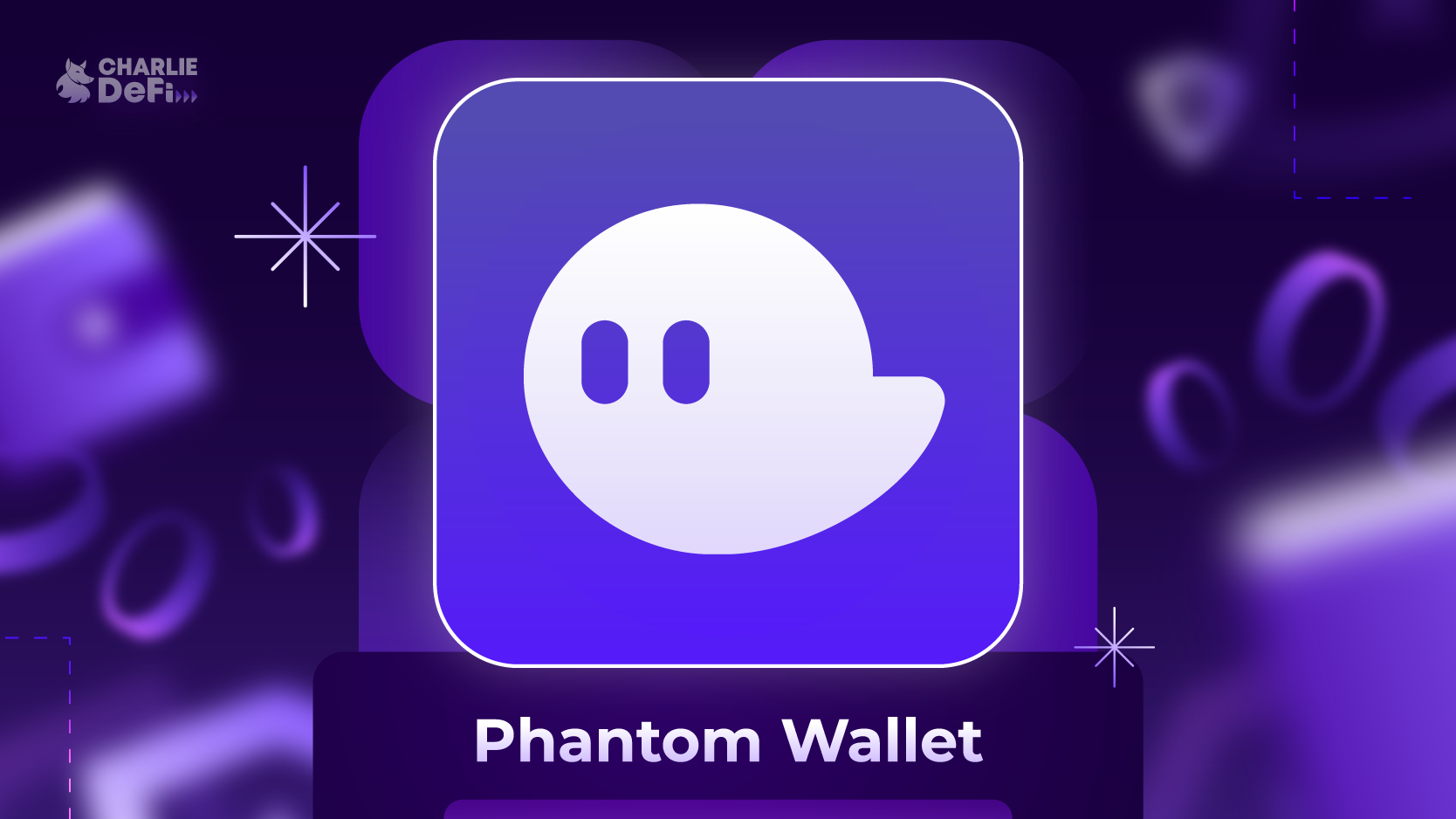Okay, so check this out—navigating the Solana ecosystem used to be kinda intimidating for folks who just wanted a smooth experience with crypto wallets and NFTs. At least, that was my initial impression. I mean, wallets are supposed to make life easier, right? But somehow, many Solana wallets felt cluttered or overly technical. Something felt off about the typical user experience. Then I stumbled upon Phantom, and wow, things started clicking differently.
Phantom isn’t just another crypto wallet; it’s more like your friendly neighborhood bridge to everything happening on Solana. Seriously? Yeah, it’s that seamless. From managing SOL tokens to staking and handling NFTs, the process feels natural—like it was designed for real humans, not just blockchain geeks. But hang on, before you think this is just hype, I’m gonna unpack why Phantom stands out, what’s still a bit rough, and why it might be the wallet you didn’t know you needed.
First off, the speed is a game-changer. Solana’s own fast blockchain pairs perfectly with Phantom’s lightweight interface. Transactions pop up quickly, with hardly any lag. That’s a big deal when you’re dealing with NFT drops or staking rewards that you want to claim without delay. I remember once waiting forever on another wallet before realizing I could’ve switched to Phantom for a snappier experience. Lesson learned.
But hold on—wallet security is always a red flag for me. I’m biased, but I’d rather jump through a few hoops than risk my assets. Phantom gets this. It keeps your keys locally, meaning you’re not handing over control to some cloud server. Plus, it supports biometric locks on mobile, which, honestly, makes me feel a heck of a lot better. Still, I’m not 100% sure that all users grasp the importance of keeping their seed phrases safe. (Oh, and by the way, if you lose that, well… you’re basically locked out forever.)
Something else that caught my attention is the NFT support. The Solana NFT scene has exploded, and Phantom’s native integration makes browsing, buying, and selling pretty darn straightforward. You can literally see your collectible art right in the wallet without jumping through extra hoops. Here’s the thing—other wallets sometimes make this feel like a chore. Phantom nails the balance between usability and power, which is pretty rare.

Now, staking SOL through Phantom is where things get interesting. Initially, I thought staking was a complex beast reserved for pros. But Phantom’s interface simplifies the process, guiding you through delegating your SOL to validators with clear options and minimal jargon. Of course, on one hand, it’s super user-friendly. Though actually, staking still requires you to understand some basics about validators and network rewards—there’s no magic button that makes you an expert overnight.
Another thing that’s worth mentioning—Phantom’s ecosystem integrations. Many decentralized apps (dApps) built on Solana connect directly to Phantom. This native compatibility makes interacting with DeFi projects, games, or marketplaces feel like second nature. It’s like your wallet isn’t just a tool but a gateway to the whole Solana universe. I remember trying a couple of dApps without Phantom and getting stuck on wallet connections. Not fun.
Why I Recommend Phantom (and Where It Can Improve)
Look, I’m not saying Phantom’s perfect. For instance, the mobile app, while functional, still lags a bit behind the desktop extension in features and polish. Sometimes notifications don’t sync perfectly, which bugs me. Also, if you’re someone who loves hardcore customization, Phantom might feel a bit too streamlined—there’s less room to tweak advanced settings compared to some other wallets.
Still, if you’re dipping your toes into Solana or you want a reliable place to stash your NFTs and stake SOL without jumping through hoops, Phantom’s where it’s at. You can check it out here. Honestly, the onboarding flow is smooth, and the wallet doesn’t overwhelm you with too much stuff at once. That’s a breath of fresh air.
One last thing—Phantom’s community vibe feels different, too. There’s this grassroots energy around it, like users genuinely care about the product evolving. That makes a difference when you’re trusting a wallet with your crypto life, you know? And while it’s US-based users who often praise Phantom’s simplicity, the wallet is gaining traction worldwide, which is pretty wild given how complex crypto can get across borders.
So yeah, my instinct told me Phantom was worth a shot, and after some hands-on time, I’m convinced it’s one of the best ways to experience Solana’s potential without getting bogged down in technical headaches. There’s still room to grow, but if you want a wallet that just works and gets the NFT and staking hype, Phantom is a solid bet.
Frequently Asked Questions
Is Phantom wallet safe to use for NFTs and staking?
Phantom keeps your private keys stored locally and supports biometric security, making it quite secure for managing NFTs and staking SOL. But remember, you’re responsible for safeguarding your seed phrase. Losing it means losing access.
Can I stake SOL directly from Phantom?
Yes, Phantom provides a user-friendly interface for staking SOL by delegating to validators. It guides you through the process with minimal jargon, though understanding validator choices helps maximize rewards.
Does Phantom support all Solana NFTs?
Phantom natively supports most Solana-based NFTs, allowing you to view, send, and receive them easily within the wallet. It’s one of the smoother experiences compared to many other wallets.